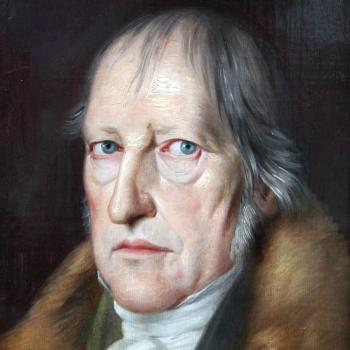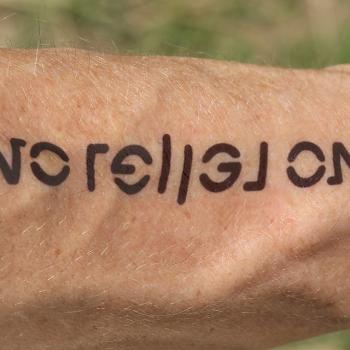When you’re a child, you are happy, but you become less so during your teenage years. Then you get more and more miserable. But in your 40’s you bottom out. Then you keep getting happier. When you are old, you are happier than you ever have been. Not only that, the older you get, the happier you become.
The level of happiness in your life can be graphed as a U-shaped curve. That’s the pattern documented in a recent study. And it seems to apply, with variations, to every culture studied. With one exception: Russia, in which happiness keeps going down until the age of 91, which few Russians reach.
Part of this makes sense, and part of it is counter-intuitive. Young adults first have the stress of finding a mate, and then the different stress of raising children, and, while this is all going on, there is the stress of starting a career. By the mid-40s, it does get easier.
What’s unexpected, though, is the increasing level of happiness of old people. This despite the weakening of faculties, health problems, the death of loved ones, and one’s own impending demise. And yet, in my own experience, this is ringing true. How can you explain the correlation of happiness with aging?
From Christopher Ingraham The data are in: Life under Putin is a continuous downward spiral into despair:
Recently the Brookings Institution’s Carol Graham released a striking chart (below) showing the relationship between age and happiness around the world, as measured via the Gallup World Poll (conducted from 2011 to 2013). She describes it as “a U-shaped curve, with the low point in happiness being at roughly age 40 around the world.” The takeaway? Once we’ve passed a certain point “things get better as we age, as long as we are reasonably healthy (age-adjusted) and in a stable partnership.”
Graham explained to me that this relationship is fairly universal — it shows up across countries, across generations, and even among apes. But there’s some bad news in here for millennials — as if coming of age in the worst job market in modern memory wasn’t enough, statistically speaking the worst is still far ahead of them. The happiness curve for the United States bottoms out at about age 47. This means that for the average 25-year-old, life will continually become worse over the next two decades before things finally start to turn around. You think you’re having a bad today? Remember the immortal words of Homer Simpson: “This isn’t the worst day of your life — this is only the worst day of your life so far.”
But American millennials can at least be thankful that they don’t live in Russia. Graham provided me with data on the happiness curves for various countries, which are plotted below. One important caveat — these charts only look at the relationship between age and happiness within countries. Happiness values are relative, and cannot be compared between countries.
In most countries, the happiness curve bottoms out somewhere around middle age — 47 in the United States and 41 in Britain, for instance. This usually happens long before the average person is expected to die, with one major exception: Russia. In Russia the curve doesn’t bottom out until age 91. Essentially, life under Putin is one continuous downward spiral into despair.
















